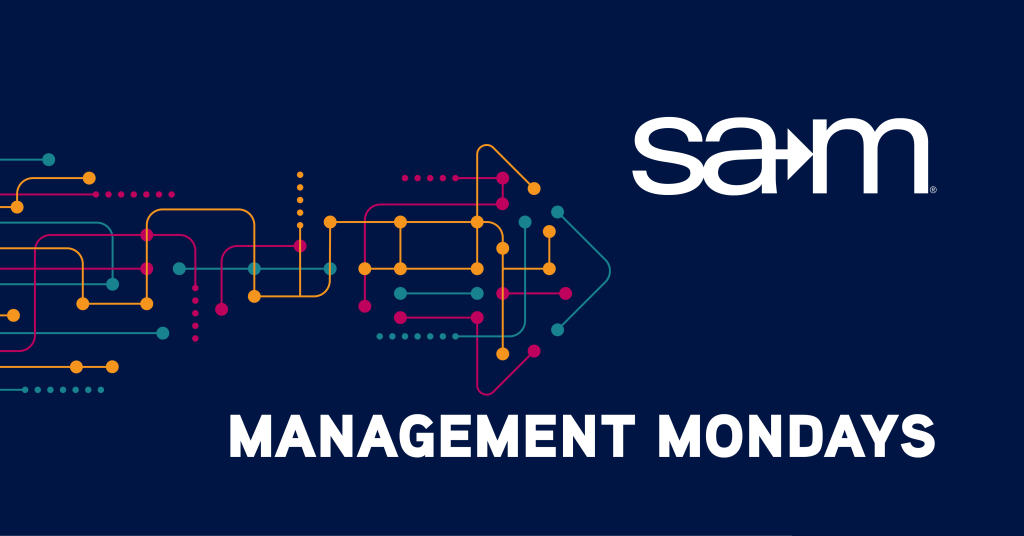
Leadership is often described in terms of outcomes, such as hitting performance targets or managing change. While results matter, the most enduring form of leadership is built on relationships. The quality of your connections with others determines how much influence you have, how well your team functions, and how resilient your workplace culture becomes over time. Leadership is not just what you accomplish. It is how you relate to others while doing it.
Relationship-centered leadership is not a one-time gesture or a personality trait. It is a daily practice that involves showing up with empathy, being accessible, and responding to people with consistency and care. These actions may seem small, but they build emotional trust, which is essential for collaboration, innovation, and retention. When team members feel valued on a human level, they are more likely to stay engaged and contribute meaningfully.
For early-career professionals and mid-level managers, this approach may feel counterintuitive, especially in environments focused heavily on short-term outcomes. However, strong relationships are not a distraction from productivity. They are what make sustainable performance possible. People communicate more honestly and commit more deeply when they believe their leader genuinely cares about them. Relationships are the foundation that supports everything else.
What Digital Culture Has Done to Relationships
Remote and hybrid work models have changed how relationships form and evolve. Without regular in-person interaction, leaders must be more intentional about creating and sustaining meaningful connection. It is easy to fall into a rhythm of transactional communication, where updates replace conversations and meaningful feedback becomes infrequent. Over time, this shift can weaken trust and collaboration.
Digital communication can also dilute emotional nuance. Text-based exchanges are efficient, but they can lack the warmth and context that help people feel seen and understood. A short response that feels neutral to one person may come across as dismissive to another. Leaders must remain aware of how tone, timing, and clarity influence trust, especially when relationships are still being established.
Maintaining connection in a digital environment does not require dramatic changes. It requires consistency, attentiveness, and small acts of presence. This includes scheduling one-on-one conversations, offering genuine appreciation, and checking in with thoughtful questions. These habits signal that relationships remain a leadership priority, even when face-to-face interaction is limited.
How to Make Space for Humanity at Work
Relationship-centered leadership begins with the recognition that employees are more than their job titles. Every team member brings a unique mix of values, experiences, and goals to the workplace. Leaders who take time to understand these individual differences build cultures where people feel seen, respected, and safe. This kind of psychological safety supports innovation, open dialogue, and long-term retention.
Creating space for humanity also means welcoming conversations that go beyond task lists. While work must get done, people perform better when they are able to acknowledge their needs and challenges without fear of judgment. Leaders do not need to be counselors, but they do need to be emotionally available. Listening with empathy, offering flexibility when needed, and showing genuine interest builds trust and loyalty.
Modeling authenticity as a leader reinforces this culture. Admitting when you are unsure, owning mistakes, and sharing lessons learned make you more relatable. These small acts create a climate where people feel empowered to grow. A human-centered approach is not about lowering expectations. It is about fostering a workplace where people are equipped to meet those expectations with clarity and confidence.
Tools for Managing Relationship Complexity
Not all workplace relationships are easy, and leadership often involves navigating conflict or disagreement. Relationship-centered leaders accept this complexity and address it directly rather than avoiding it. They use structure, dialogue, and curiosity to keep communication flowing and to reinforce mutual respect. When conflict is managed with skill, it strengthens rather than weakens the relationship.
Regular communication systems help manage complexity. This includes one-on-one check-ins, team debriefs, and feedback loops that allow concerns to be raised early. These forums reduce misunderstandings and create a rhythm that helps teams stay aligned. Leaders who make space for these conversations create more resilient teams that can adjust quickly under pressure.
Staying curious is another key practice. Instead of jumping to conclusions, effective leaders ask questions to understand intent and context. This approach shifts the conversation away from blame and toward collaboration. When leaders approach difficult moments with curiosity and patience, they model the kind of behavior that builds lasting trust across diverse teams.
Leading Without a Title: Quiet Influence and Real Impact
Leadership rooted in relationships is not limited to those with formal authority. Influence can come from any level in the organization and often does. Colleagues who are consistent, thoughtful, and emotionally intelligent frequently serve as the most trusted voices on a team. They lead by how they show up, not by the position they hold.
This quiet form of leadership is often felt more than seen. It lives in the person who de-escalates conflict, supports others without being asked, or consistently encourages team cohesion. These individuals create momentum by the way they treat people, not through formal power. Their influence grows over time and often shapes the culture of the team as much as any official policy.
Being a relationship-centered leader, even without a title, requires commitment to personal integrity, emotional awareness, and consistent contribution. People begin to rely on you because of your presence and reliability. This kind of leadership builds trust naturally and invites collaboration from every corner of the organization. It is the influence that matters most when circumstances are challenging.
Final Thoughts
In a professional landscape that often prioritizes speed and efficiency, relationship-centered leadership offers something deeper and more sustainable. It reminds us that the strength of our connections often determines the success of our outcomes. Results matter, but the people behind them matter just as much. Leadership built on empathy, consistency, and trust will always outlast quick wins and isolated achievements.
Relationship-centered leadership is not about lowering expectations or avoiding difficult conversations. It is about holding people to high standards while offering them the respect and care they need to thrive. It builds loyalty, strengthens engagement, and fosters collaboration in a way that other leadership models often cannot. It brings out the best in people because it starts with believing in them.
For professionals seeking to grow their impact, there is no substitute for leading through relationships. Whether or not you hold a formal title, your ability to connect, listen, and follow through defines how others experience your leadership. When trust is the core of your approach, influence becomes a natural outcome. This is the leadership model that truly lasts.
Leadership rooted in relationships begins with understanding the people behind the work. Our Assessing Workforce Needs course, part of the SAM Management Training and Development program, helps HR professionals and organizational leaders evaluate current talent, identify future needs, and plan with purpose.
You will learn how to conduct workforce assessments, analyze skills gaps, and align recruitment and development efforts with organizational goals. This course offers practical tools for building a people strategy that supports long-term success while fostering a culture of trust and collaboration.
SAM members receive a 20 percent discount on all of our course registrations. Sign up today for Assessing Workforce Needs and take the next step in building a workforce you can grow with.

Written By,
Patrick Endicott
Patrick is the Executive Director of the Society for Advancement of Management, is driven by a deep commitment to innovation and sustainable business practices. With a rich background spanning over a decade in management, publications, and association leadership, Patrick has achieved notable success in launching and overseeing multiple organizations, earning acclaim for his forward-thinking guidance. Beyond his role in shaping the future of management, Patrick indulges his passion for theme parks and all things Star Wars in his downtime.
